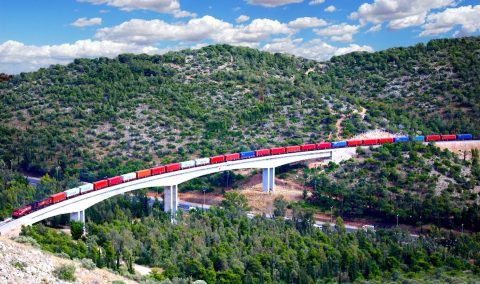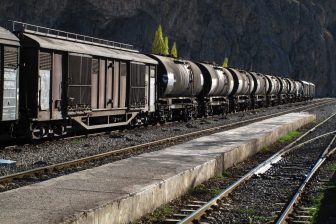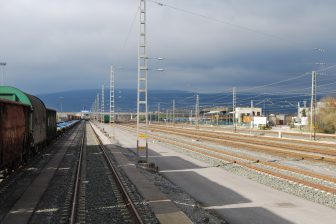
From sea to land, rail transforms transport through the Balkans
How much do we know about rail connections between Greece, the Balkans and Central Europe? What about connections between these regions and China through maritime transport? It might sound like fiction, but it is true: Ocean Rail Logistics, based in Piraeus, Greece, connects the Balkans with the heart of Europe, and from there, it can take cargo to the Far East.
Do you want to read the full article?
Thank you for visiting RailFreight.com. Become a member of RailFreight Premium and get full access to all our premium content.
Are you already a member?
Having problems logging in? Call +31(0)10 280 1000 or send an email to customerdesk@promedia.nl.




